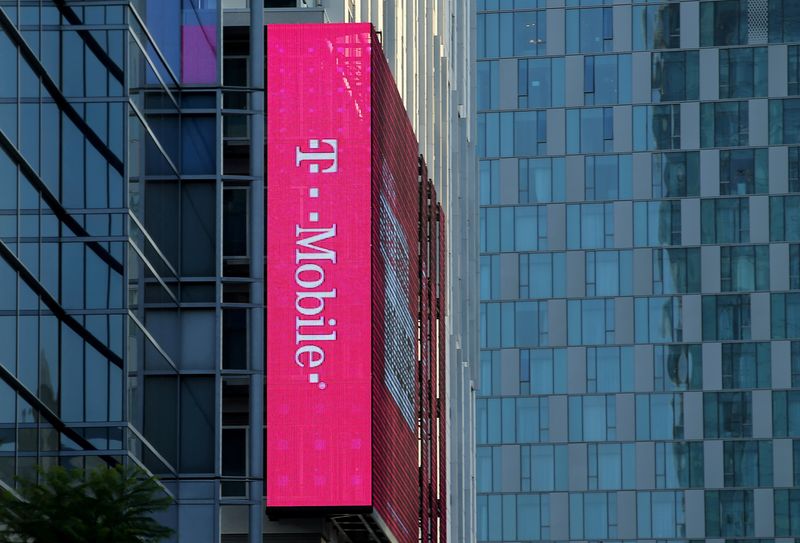By Juby Babu
(Reuters) -T-Mobile US beat expectations for quarterly wireless subscriber numbers on Wednesday as more customers opted for its discounted plans that bundle streaming services such as Netflix (NASDAQ:), sending its shares up 2% in after-hours trading alleys.
The company’s strong performance in customer growth is largely due to its high-speed 5G plans, which are often cheaper compared to the plans offered by AT&T (NYSE:) and Verizon (NYSE:).
T-Mobile, one of the three largest telecom providers in the US, has seen increasing adoption of its premium plans such as Go5G Next and Go5G Plus, which include streaming services.
More than 60% of new customers coming into T-Mobile choose one of the premium plans, Mike Katz, president of marketing, strategy and products, told Reuters.
“When our existing customers decide to change rate plans, these are the plans they most often switch to.”
The company added 865,000 postpaid phone customers in the third quarter, the most in the period in a decade, surpassing FactSet estimates of 727,500 additions.
T-Mobile now expects the net number of postpaid customers to increase between 5.6 million and 5.8 million this year, compared to a previous expectation of 5.4 million to 5.7 million.
Rivals AT&T added more wireless subscribers than expected in the third quarter, while Verizon expected 2025 capital expenditures to exceed market estimates as the US telecom giant builds out its high-speed internet business.
In any telecom earnings report, there are probably 10 different metrics worth paying attention to, and T-Mobile beats them all, says MoffettNathanson analyst Craig Moffett. “Their strategy of the best network and the lowest prices is working.”

Free cash flow, a metric closely watched by investors when determining dividend payments, came in at $5.2 billion in the third quarter, a record high for T-Mobile, above the $4.65 billion delivered by Visible Alpha estimated.
The company posted revenue of $20.16 billion for the quarter, which beat estimates of $20.01 billion, according to LSEG data.


